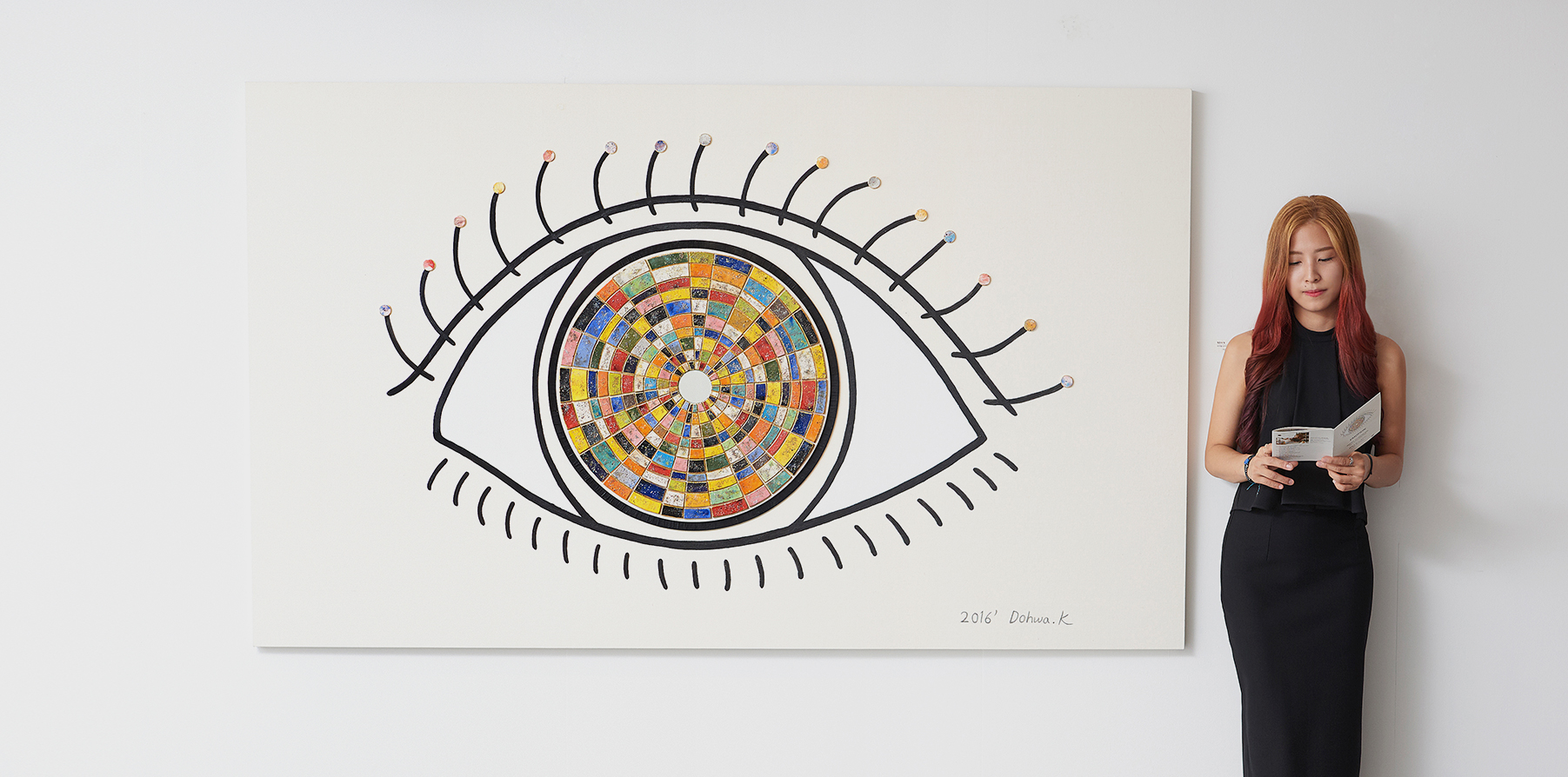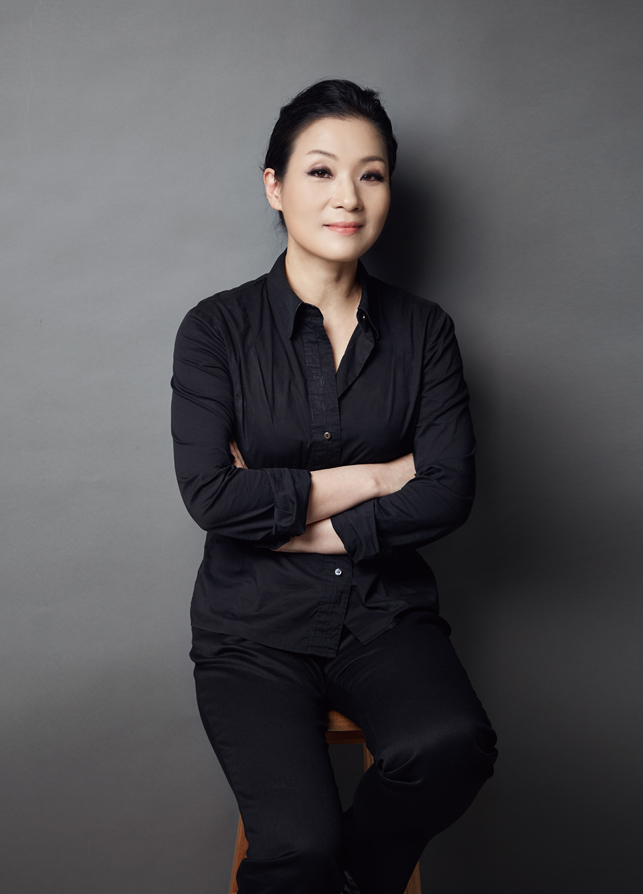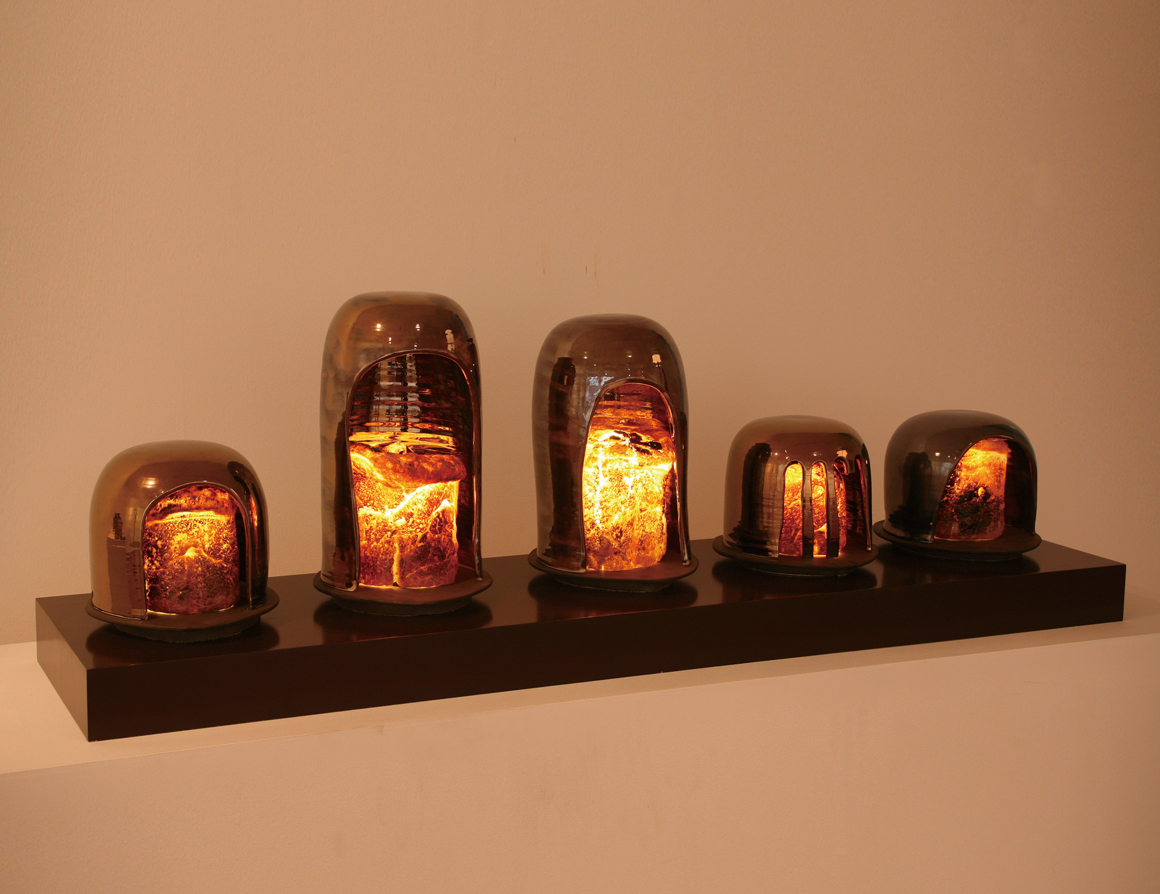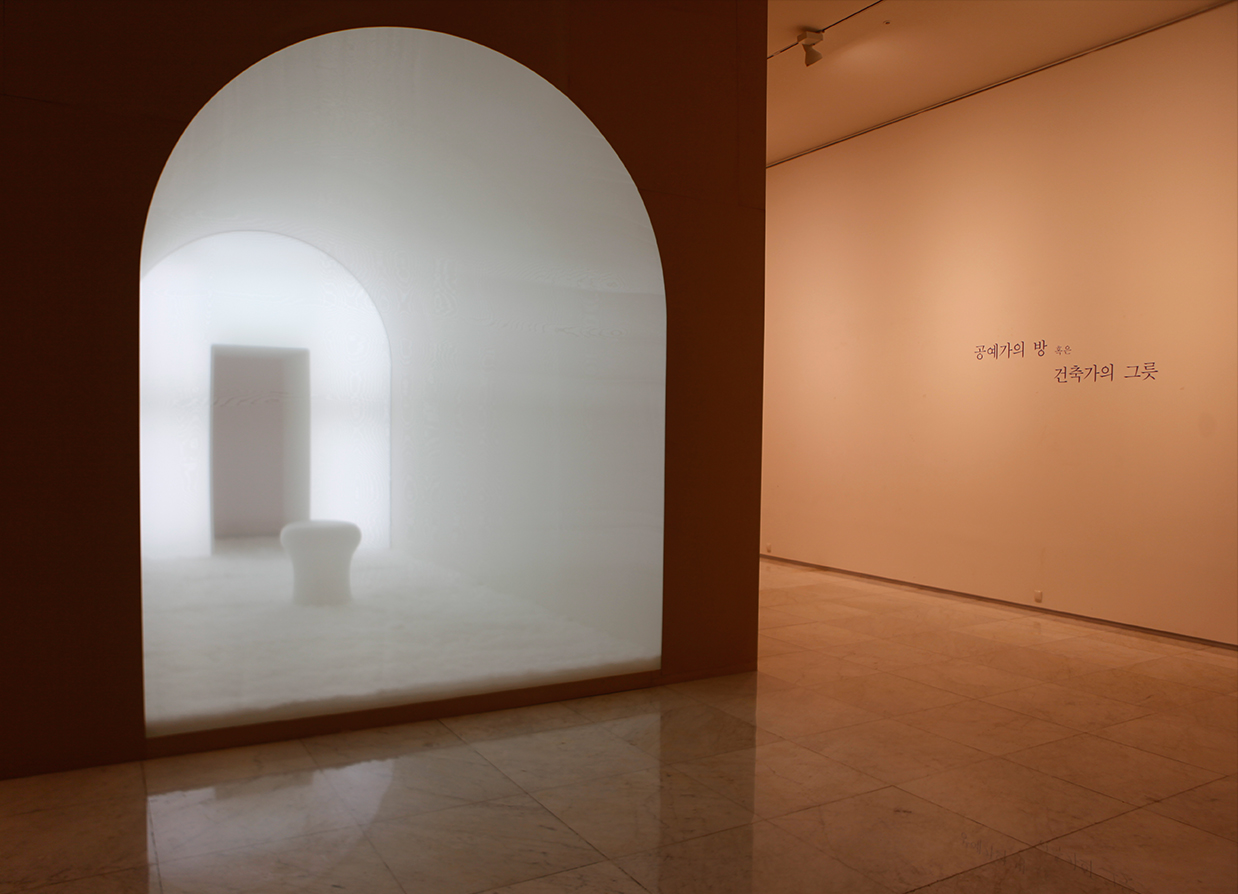Trends
Chic Through Ceramics
4 Outstanding Artists
Ceramics is an art no longer bound by custom or form, as artists experiment with innovative ways to disrupt their art forms while delivering their messages. The following four trendsetting ceramic artists are active both at home and abroad, and their stories were featured in a 2019 newsletter by the Korea Ceramic Foundation.
Written by • The Korea Ceramic Foundation
Kim So-young
The tranquil workspace of Kim So-young in Hongcheon-gun County, Gangwon-do Province, is a calm space where she crafts what people desire in her own style. As always, she is on the lookout for another challenge.
Kim started out in ceramics in 2011 by creating accessories. Because this was a crowded field, she sought to create a more original combination of accessories and ceramics. Her friend’s nonchalant mention of a carnation stuck with her, and Kim began creating ceramic carnations in April 2011 ahead of Parents Day in May, when demand for carnations as gifts typically surges. After her initial run of 60 sets of ceramic carnations sold out, she made 600 more, all of which sold out, too.
Now in her tenth year as a ceramic artist, Kim keeps exploring different arenas from large installations measuring over a meter to fine art. Even with large works, she focuses on practicality. For example, she integrates mirrors, clothing or shoes with ceramics to underscore fashion aesthetics. She said using ceramics to fulfill people’s needs is always a rejuvenating experience for her.

Kim So-young’s “Carpe Diem” symbolizes life’s fateful encounters and partings. © Kim So-young
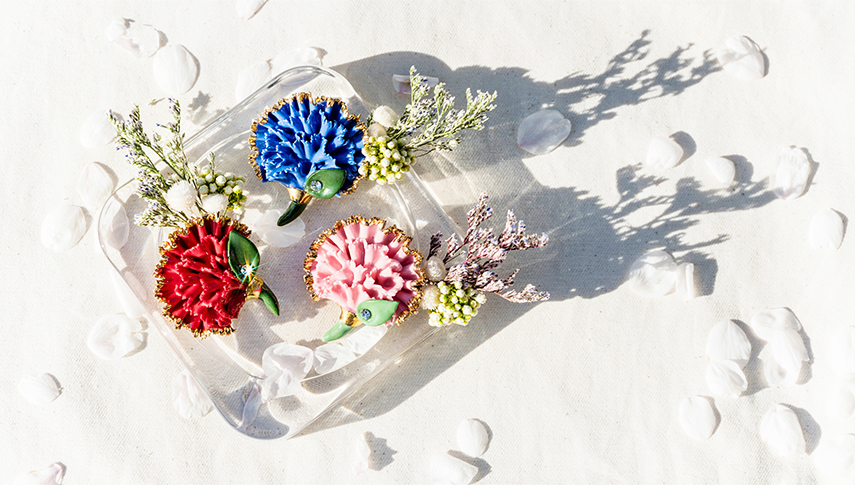
Kim So-young’s widely popular ceramic carnations undergo yearly design updates. © Kim So-young
Kim Sun-mi
Once an aspiring pianist, Kim Sun-mi turned to ceramics and enrolled in arts school after health issues stymied her musical pursuits. After graduation, she studied in Paris and went on to create ceramic objects designed for a contemporary lifestyle. French luxury brands have approached her with collaborative projects, and she continues to tap unexplored facets of her artistry.
During the Asian economic crisis of 1997-98, Kim was often asked to create useful objects but chose to focus on storytelling. She considers the crafting of ceramics similar to the creation of a musical performance, which is contingent on an artist’s interpretation. She said each piece of art encapsulates the artist’s perceptions.
Famous golfers like Tiger Woods and Phil Mickelson own Kim’s works, as do VIP celebrities of Cartier. Distinguished hotels and luxury brands worldwide seek out her exquisite plates, which demand precise attention to chefs’ specifications as a design must fit each menu item and mode of plating. Her utensils reflect the subdued charms of plates from the past, and perhaps for that reason, she has had repeat clients, some for decades. Her penchant for storytelling seems to add depth to every bite and flavor of food served on her plates.
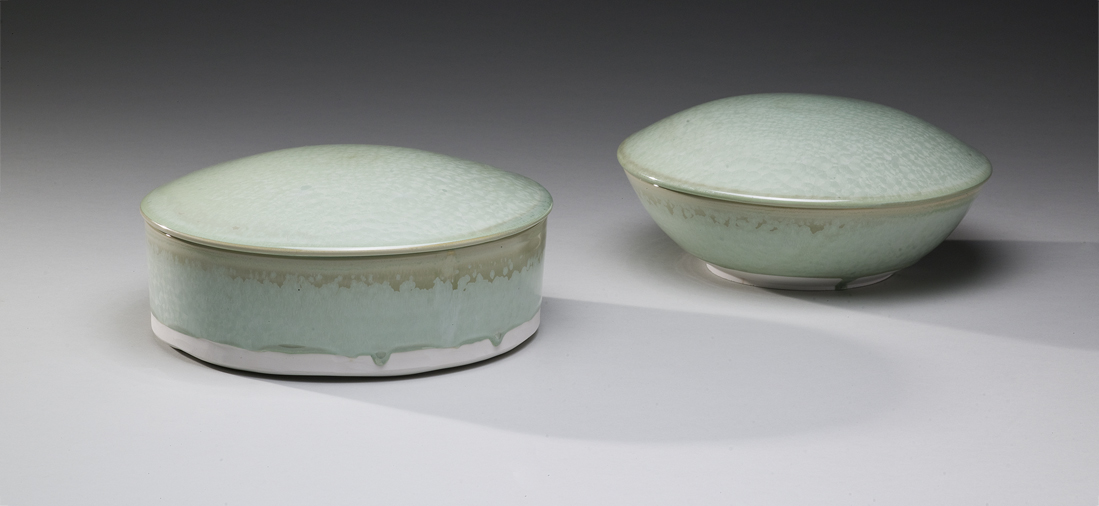
Kim Sun-mi’s “Couple” blends masculinity with femininity. © Kim Sun-mi
Gu Sena
The ambitious Gu Sena has British and Italian fashion brands wanting to work with her, as do numerous businesses and designers. Last year, she and a Korean fashion brand teamed up to create the clothing line Artisan; her camellia and poppy-patterned ceramic artworks were reborn as garments. Ceramic objects, carpets and LED lighting also followed.
A graduate of London’s Royal College of Fine Arts in 2007, she spent her first years as a ceramic designer in the U.K. After gaining experience in Europe and the U.S., she returned to Korea and confirmed her artistic identity through brand collaborations. She habitually saved digital imprints of her original patterns and images during the work process, which were eventually applied to clothing and accessories. Not one to fall behind the latest tech trends, she has also converged ceramics with IT. She held an experiential exhibition featuring augmented reality at a department store, and at the Cheongju Craft Biennale, she added video to her work. She is now preparing a solo exhibition.

From its entrance, a brand’s flagship store is imbued with an aesthetic boost from its collaborative pieces with Gu Sena. © Gu Sena
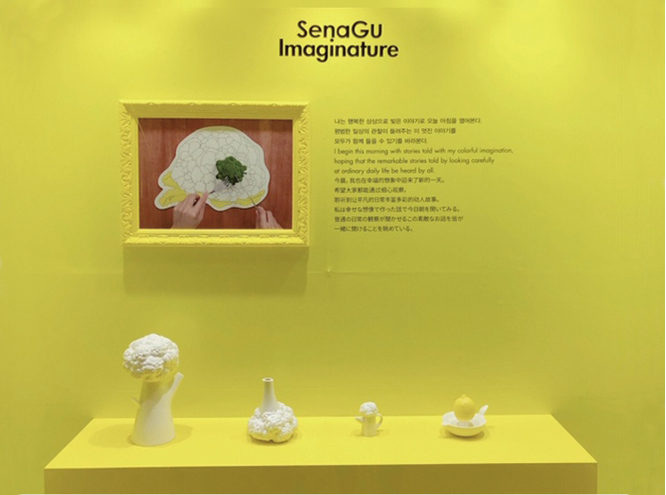
Gu Sena’s variety of ceramic artworks flaunt a differentiated level of creativity. © Gu Sena
Lee Hun-chung
Challenge, travel and return are among the major themes of Lee Hun-chung. His works have earned kudos from international celebrities such as actor Brad Pitt, architect Norman Foster and artist James Turrell. Unconcerned with accolades, however, Lee said he seeks to extend the realm and explore the infinite variations of ceramics.
Since starting in ceramics, Lee said the field feels similar to the experience of traveling. He considers ceramics to be an entity far removed from tradition. Twenty-four years have passed since he first dabbled in ceramics on a whim as a ceramic sculpture major at Hongik University, Korea’s top school for art, where he earned his bachelor’s and master’s degrees. He also spent a year studying at San Francisco Art Institute on a scholarship.
Every time he gets his hands on soil, he said he craves fresh inspiration. As a ceramic artist, his studies in architecture have added depth to his works. Ceramics and performing arts are polar opposites in nature, as soil and intuition are the primary guideposts in ceramics while performing arts involve the execution of intricately devised plans. The disparate modes of perception and working stimulate his balancing act between rationality and sensibility.
Lee’s works surpass categorical boundaries, freewheeling in the terrain of object, furniture and installation art. “Craftsman’s Room, Architect’s Bowl” is his personal favorite among the many works he has produced.
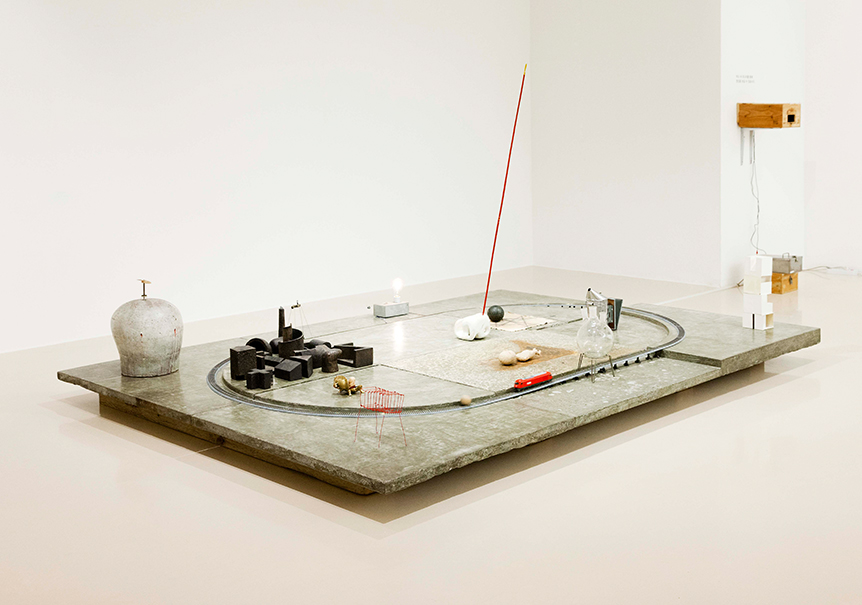
Lee Hun-chung’s ceramic mind taps into the arena of installation art. © Lee Hun-chung
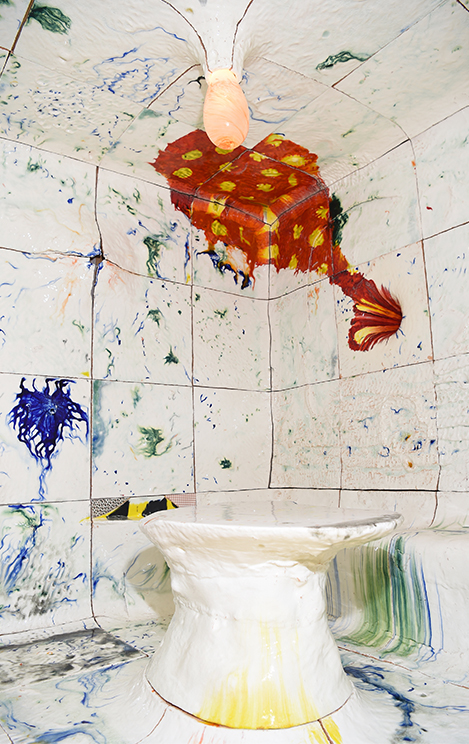
Lee Hun-chung’s “Craftsman’s Room, Architect’s Bowl” portrays a grandiose space through ceramics. © Lee Hun-chung

